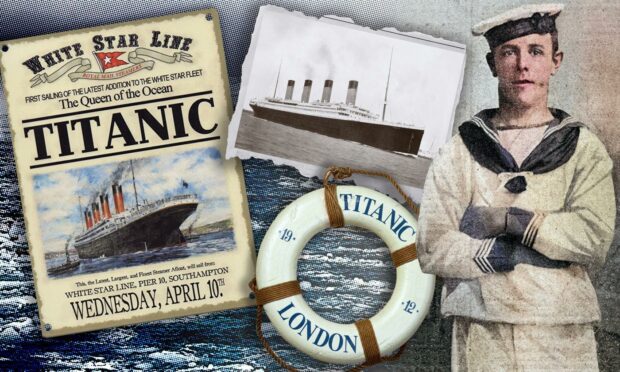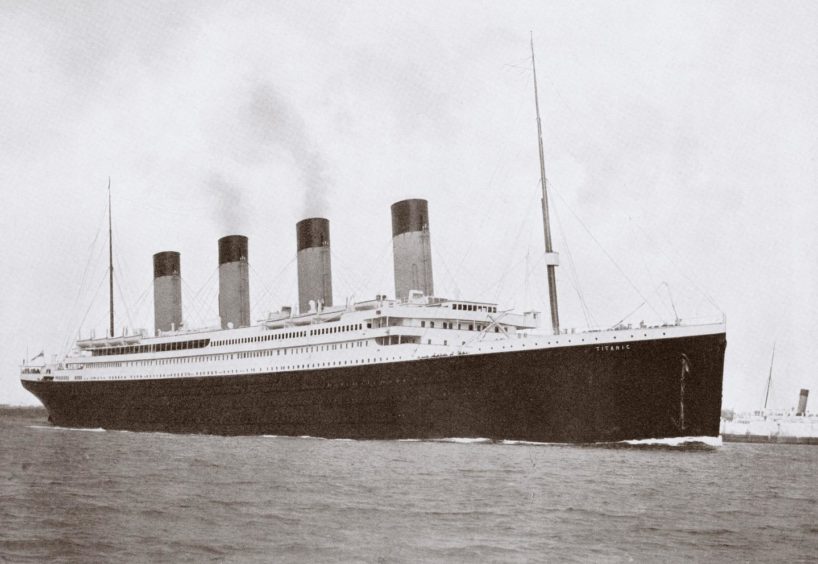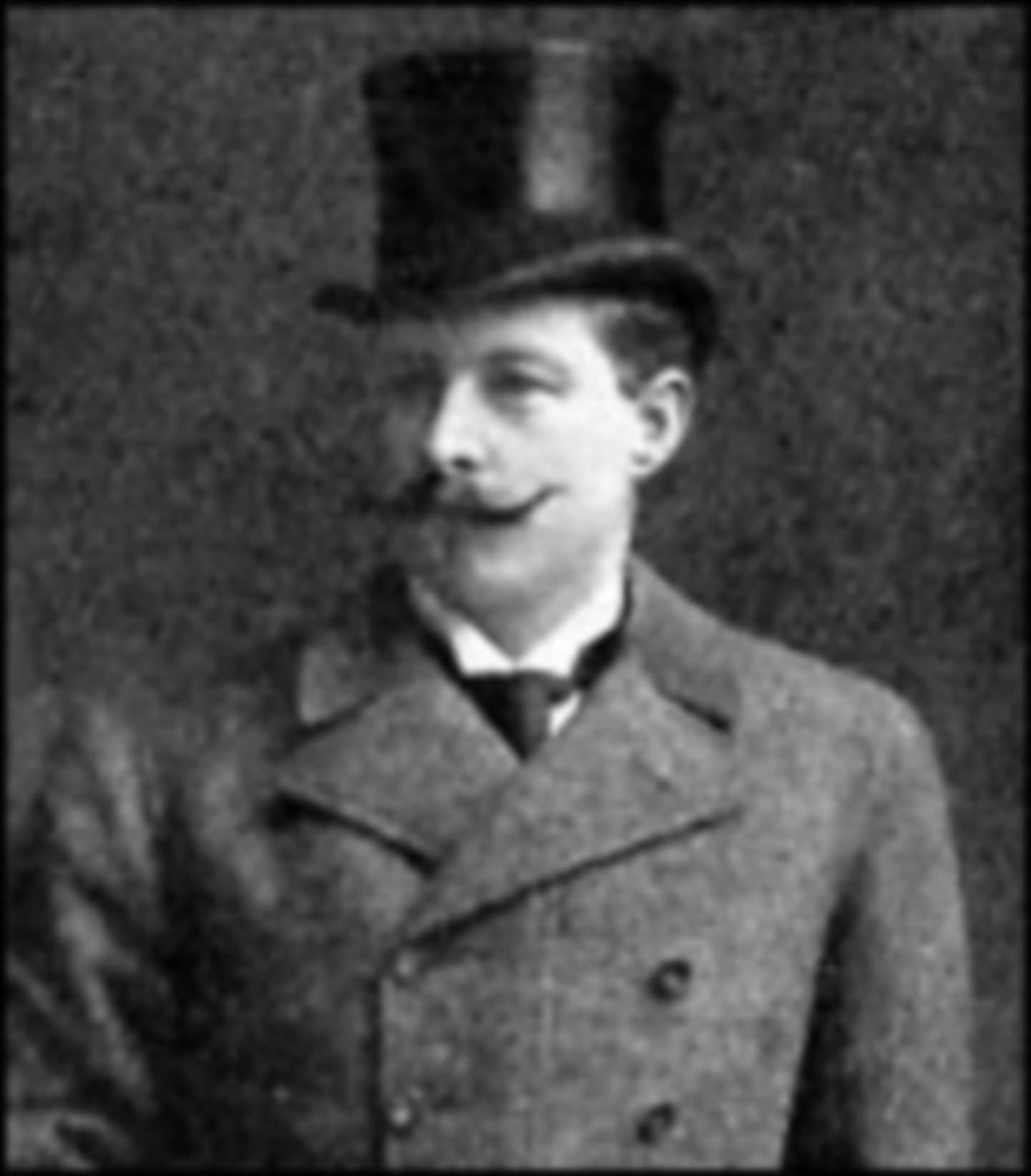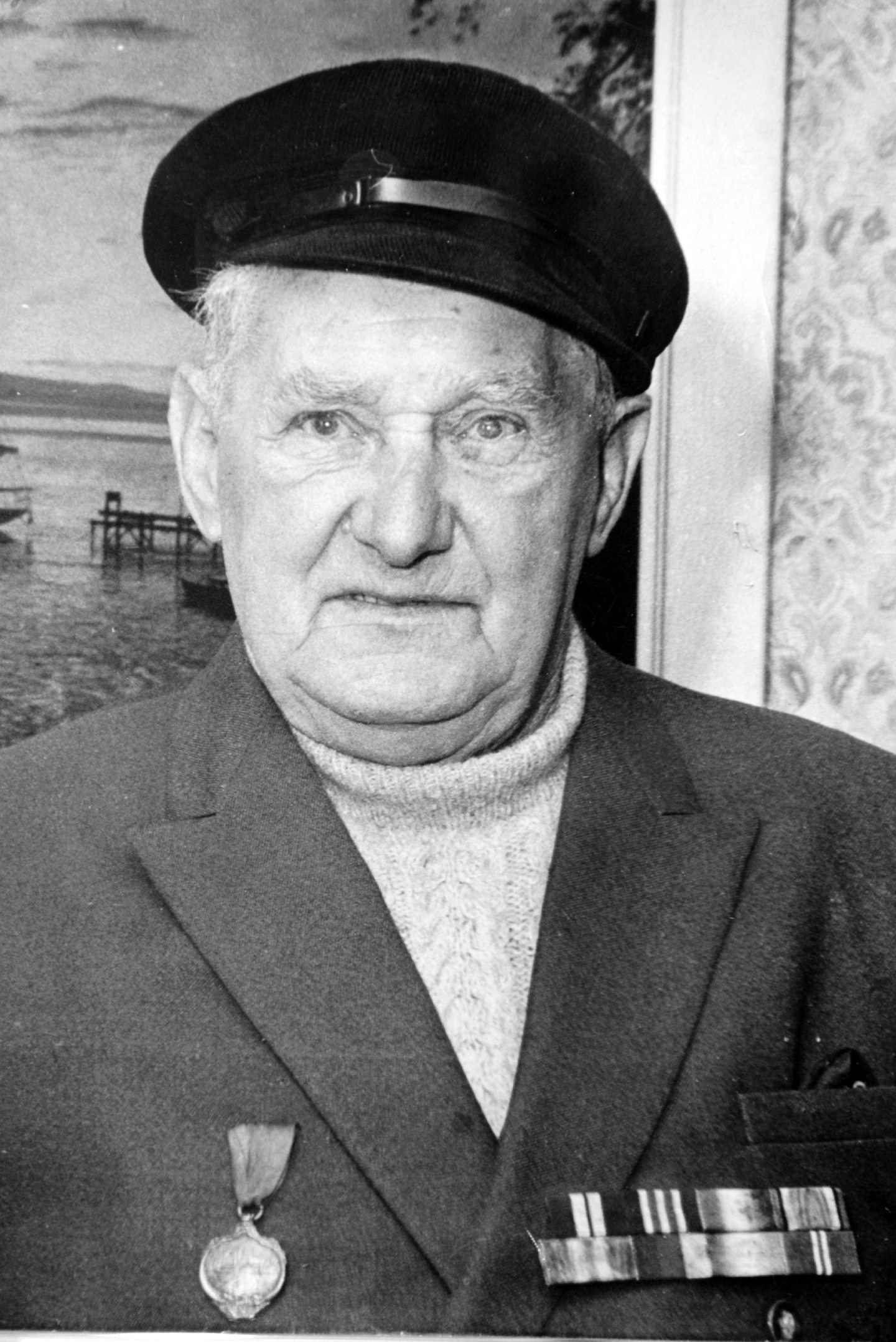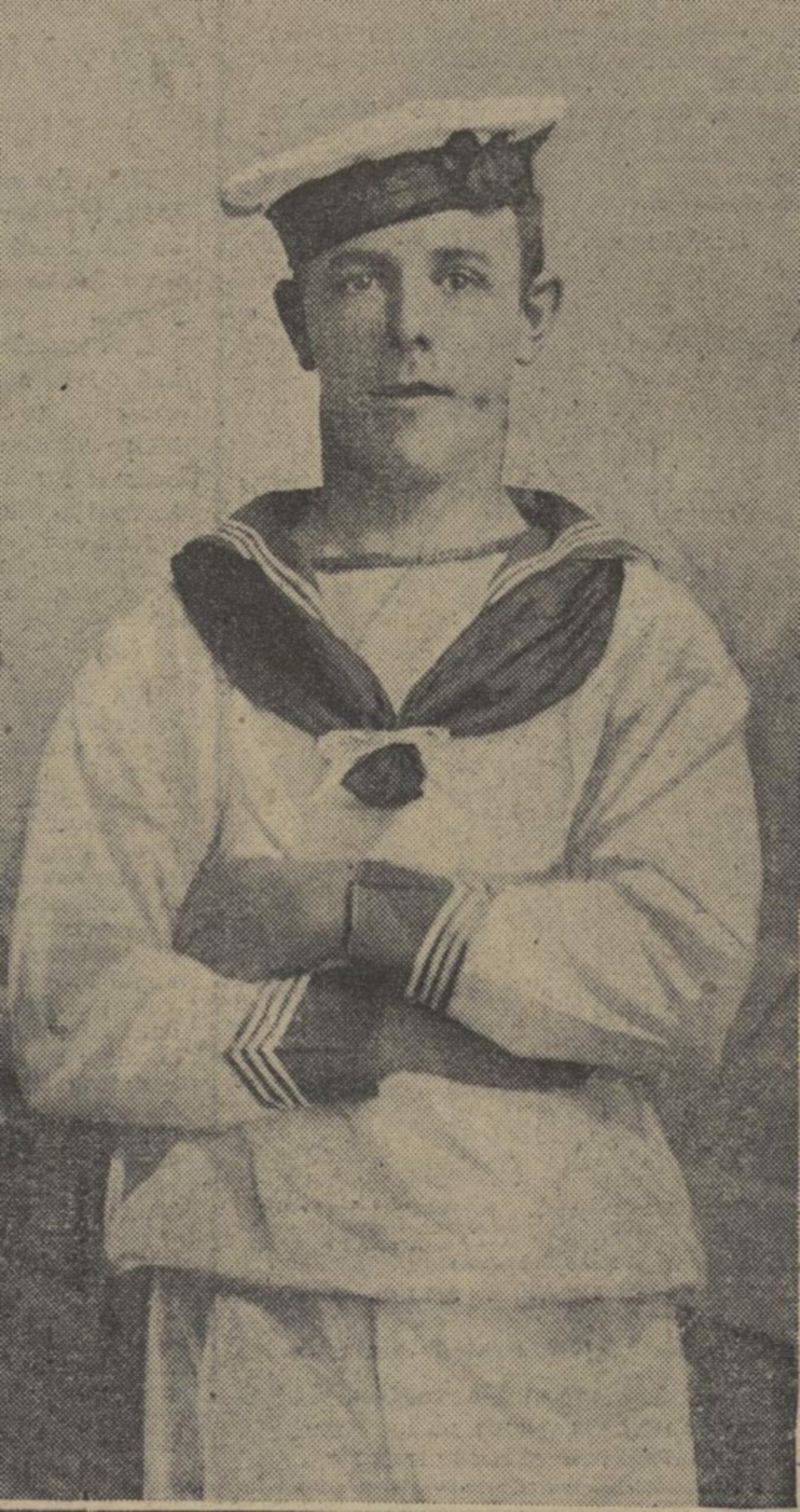‘North-east Man Lost at Sea’ was not the P&J headline when news broke of the sinking of the Titanic 110 years ago.
Where the story started nobody knows for sure, but it has trickled down through history and been told so many times that most people now accept it as fact.
However, the north-east has many links to the disaster including some as unimaginable as the ‘unsinkable’ ocean liner’s plunge to the icy depths on April 14/15 1912.
The Titanic disappeared to the bottom of the Atlantic on its maiden voyage from Southampton to New York with the loss of 1,500 souls.
Titanic began to sink bow-first but she only had lifeboats for half the people and the women-and-children-first rules led to more men losing their lives.
It was 2.20 the next morning, two hours and 40 minutes after hitting the iceberg, that the rate of sinking suddenly increased, with Titanic’s forward deck dipping under the water.
The sea poured in through every hatch, and there was a horrendous noise as the vessel began breaking in two.
None of the ships that picked up distress signals from Titanic could reach her before she was gone and just over 700 people lived to tell the tale.
How did Titanic news break in Aberdeen?
The first Granite City report of the disaster appeared in the Evening Express of April 15, under the headlines: ‘World’s Biggest Liner Sinking – Collision with Iceberg – Passengers Taking to Boats’.
The P&J headlines that greeted readers on April 16 read: ‘Mid-Atlantic Disaster. Titanic sunk by iceberg. 1,683 lives lost; 675 saved. Liners race to rescue’.
The wide-ranging and in-depth coverage of the tragedy considered the perils of navigating ships through an Atlantic littered with icebergs, raised questions over the
Titanic’s insurance, and included a detailed history and lavish descriptions of the vessel – but no mention of a ‘north-east man’.
It was to be some days later, when more information about the disaster emerged, that the P&J was able to tell its readers of the fates of the north-east folk on board.
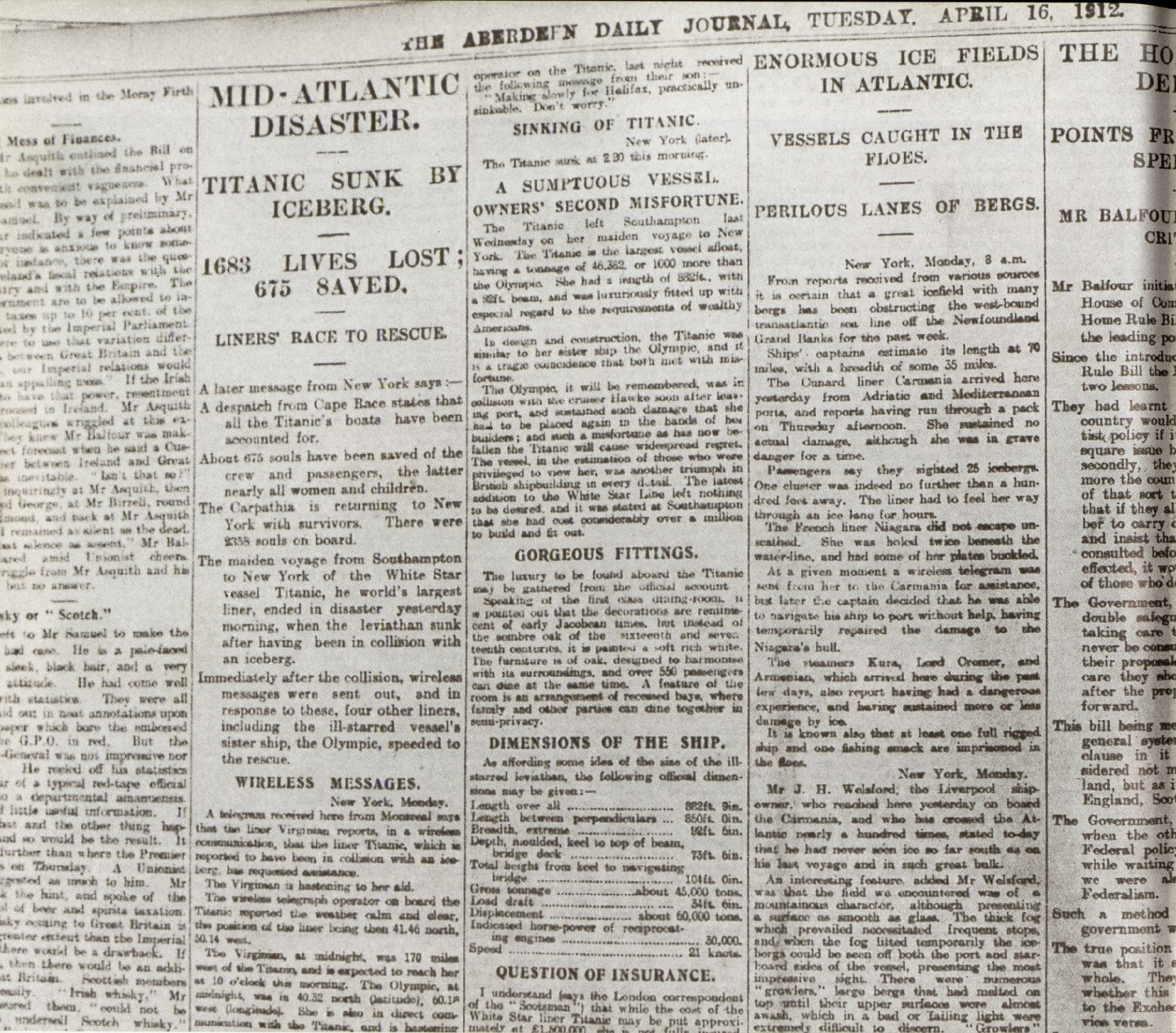
The most likely explanation behind the myth surrounding the headline is that it dates back to that point, days after the tragedy, when a news bill outside a shop said: ‘Titanic latest: NE man dead’.
The victims from this area were 28-year-old James Fraser, a junior assistant third engineer from Torry who went down with the ship, leaving a wife and two small children; Elgin man James Smith, 39, who was a junior fourth engineer; and Aberdeen-born gym steward Thomas McCawley, 34, who was then resident in Southampton.
His gym was next to the lifeboat station and a lot of passengers came into the gym to try to keep warm before they were evacuated.
He kept a lot of people calm and helped fit them with lifebelts.
The ‘Money Boat’ and the Gourdon hero
Two second-class passengers, Bessie Watt and her daughter Bertha, from Aberdeen, survived the sinking and were plucked from lifeboat number nine by the crew of the Carpathia.
They finally disembarked in New York on April 18. Bertha, who was 12 at the time of the disaster, lived to the grand old age of 93.
Having survived the sinking of the Titanic, the behaviour of two north-east aristocrats was to haunt them for the rest of their lives.
Sir Cosmo Duff-Gordon, an Olympic fencer whose baronial seat was the Maryculter House Hotel on the outskirts of Aberdeen, was travelling with his wife, Lucy, who was a successful fashion designer with salons in New York, Paris and Chicago.
Lifeboat crew were under orders to let women and children on first and allow men places only if there were spare seats.
Sir Cosmo, Lucy and their secretary managed to get three seats out of 12 occupied in a lifeboat which had a capacity for 40.
This resulted in a major scandal and the wealthy couple soon became a popular tabloid topic, with allegations that Sir Cosmo had bribed the crew to row away faster, rather than returning to rescue others.
The press ultimately dubbed it the ‘Money Boat’.
The only passengers to participate in the inquiry’s hearings, they were later cleared of any wrongdoing, but Lady Duff-Gordon would go on to say that her husband, who was also a sheriff and magistrate in Kincardineshire, was broken-hearted over the negative coverage for the rest of his life.
The survivors huddled in the boat to keep warm until they were rescued by the Carpathia two hours later.
John Cargill, who was from Gourdon in Aberdeenshire, was among the crew on the Carpathia and was awarded a bronze Titanic medal for his part in the operation.
Armed only with coal sacks, Mr Cargill, 19, worked through the night plucking men, women and children from the sea, using coal sacks to scoop babies to safety.
Mr Cargill served in the First World War with The Black Watch and returned to sea in the Second World War with the Royal Navy Reserve.
He was awarded the Distinguished Service Medal after he single-handedly put out a fire aboard a minesweeper.
He and wife Mary raised three sons and a daughter in Gourdon, where everyone knew him by his nickname: “the Sergeant”.
After the war he went back to sea as a fisherman.
Many survivors beat a path to Mr Cargill’s door in later life to thank the man who saved their lives and, after he died in 1981, the medal was passed down to his grandson.
Man who sank the Titanic died in Aberdeen
What became of the sailor who was last at the helm before the Titanic sank?
Robert Hitchens was the man at the wheel when the doomed ocean liner hit the iceberg, before the quartermaster escaped the ship at the helm of Lifeboat 6.
Hitchens refused to head back to the site of the sinking to look for survivors.
This prompted a row with Denver millionaire Margaret ‘Molly’ Brown who urged them to row back and threatened to throw him overboard.
His life took a downward spiral after returning to his home in Southampton.
He and his wife separated and he was later jailed for the attempted murder of a work associate.
While in Parkhurst Prison he managed to make up with his wife before she died of a brain tumour in March 1940, and, just six months later, Hitchens died of heart failure aboard the English Trader, which was waiting to discharge grain at Aberdeen harbour.
Hitchens was buried in the Trinity Cemetery near Pittodrie.
The official cause of death was recorded as heart failure, although his family believe he died of a broken heart.
He was 58.
More like this:
Photo mystery: Is this the face of the only Tayside victim of the Titanic?
